John Lund is a master of compositing and creating illusions in Photoshop, like seeing elephants surfing. But his advice, like how to direct a photo shoot, is applicable for any photographer watching. Listen, as he tells us about his photography secrets.
Directing a Shoot
I’m the type of person that if I’m not getting the expression I want, I’ll jump in and say, “No, raise your eyebrows more.” I’m very direct. “No, I need a bigger smile. Oh, too much smile.” I don’t consider myself particularly skilled in eliciting expressions, but I’m patient and I’m expressive in my prodding the people to give me what I want. With the animals, it really boils down to patients and having a good animal trainer helps too. I think anybody who creates a photograph rather than takes a photograph is a director. Some people are more animated in their direction and others are less animated. I tend to fall more in the animated side of things.
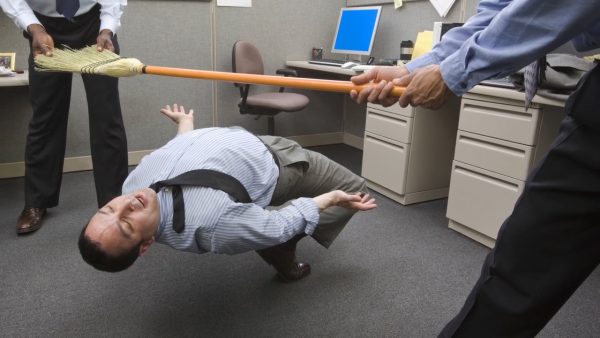
Image by John Lund
Starting Images
If I had to put a label on my photography, I’d say it’s a clean graphic conceptual style, in which I create new photographic realities to illustrate concepts. And a major thing for me is that I want people to really enjoy looking at the image. Normally the process would be first, I come up with the concept. Now keep in mind that I’m a stock photographer, so I have a passion for it, but there’s also a mercenary aspect to me. So I’ll do a search and make sure that that image is either not out there or not already over done. Or that I can create a version that’s going to be new and different.
Be Aware of All Parts
Once I’ve established that idea is the one that I want to run with, I’ll pre-visualize it in as much detail as possible. I’ll even create a sketch, because I want to look at each part in that picture and figure out how am I going to accomplish that. In the case of the lion, for example, where am I going to come up with a circus ring that I’m going to be shooting it in? So I have to take the overall set in mind. Then as I’m shooting for it, I have to make sure each part is going to be the right angle, the right lighting, everything’s going to be consistent to create that final image that’s convincing.
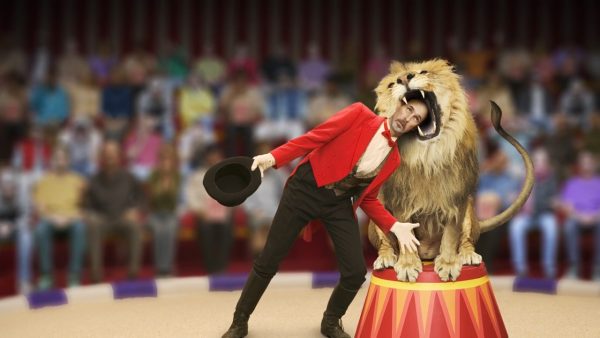
Image by John Lund
I’m thinking in terms of parts, I’m thinking, is this background going to work with this image. Let’s say I’m shooting the the a lion for the lion trainer image. I’ve got to make sure that the lighting is going to fit in with the overall lighting for the picture. Every part I do, I have to be sure that that lighting is going to work, that the angle is going to work, that what lens I’m using is gonna fit in with all the rest of the parts. So for me, I have to be aware of all these different nuances.
Lighting Images
Supplemental lighting for me is extremely important. Whether you’re shooting outdoor and mid-day or we’re in some dark room. Being able to light it the way you want by having your lighting you. That to me is really important. That being said, when I’m shooting for compositing, often I’m trying to get very flat lighting, because I know I can add direction. I can add a dimensionality in Photoshop and if I have flat lighting, those parts are more flexible. I can flop it and still make it work.

Image by John Lund
About a year and a half ago, I was shooting elephants in Thailand and I hired a film crew to bring a great big silk screen. I think it was like 20 feet by 20 feet. It was placed between the sun and the elephants and the sun was at my back, so I had a very flat, soft lighting on these elephants. Which means that as I come back to my studio and I’m trying to make them work in different environments, all those different shots will work. I don’t have to worry about the lighting’s in their own direction.
Improving Your Craft
If you want to become better at your craft, obviously you want to look at images. You want to look at them with a critical eye though. You don’t want to just look at that image and say, “Oh, I really liked that.” Find out why you like it and then see if you can incorporate that kind of work into your own work. The other thing is: set the bar extremely high for yourself. You have to be your own worst critic, I guess is the way you’d say it. If there’s anything at all mediocre in your work, get it out. Get it out of your book, get it out of your mind, shoot for the very highest thing you can on every level of it.
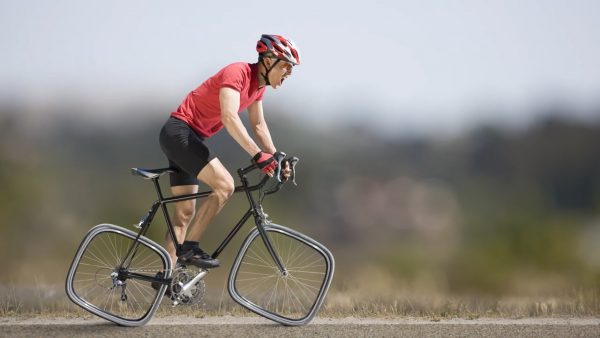
Image by John Lund
I hope you enjoy John’s tips on creating fantastic images and we’ll go out and put them to use. Be sure to subscribe to our channel and follow our blog so you don’t miss any of our content. Also please leave your comments about what you learned from John’s tips, I love hearing from you. Until we see you again on our next show, remember to get out and capture your own images of life.

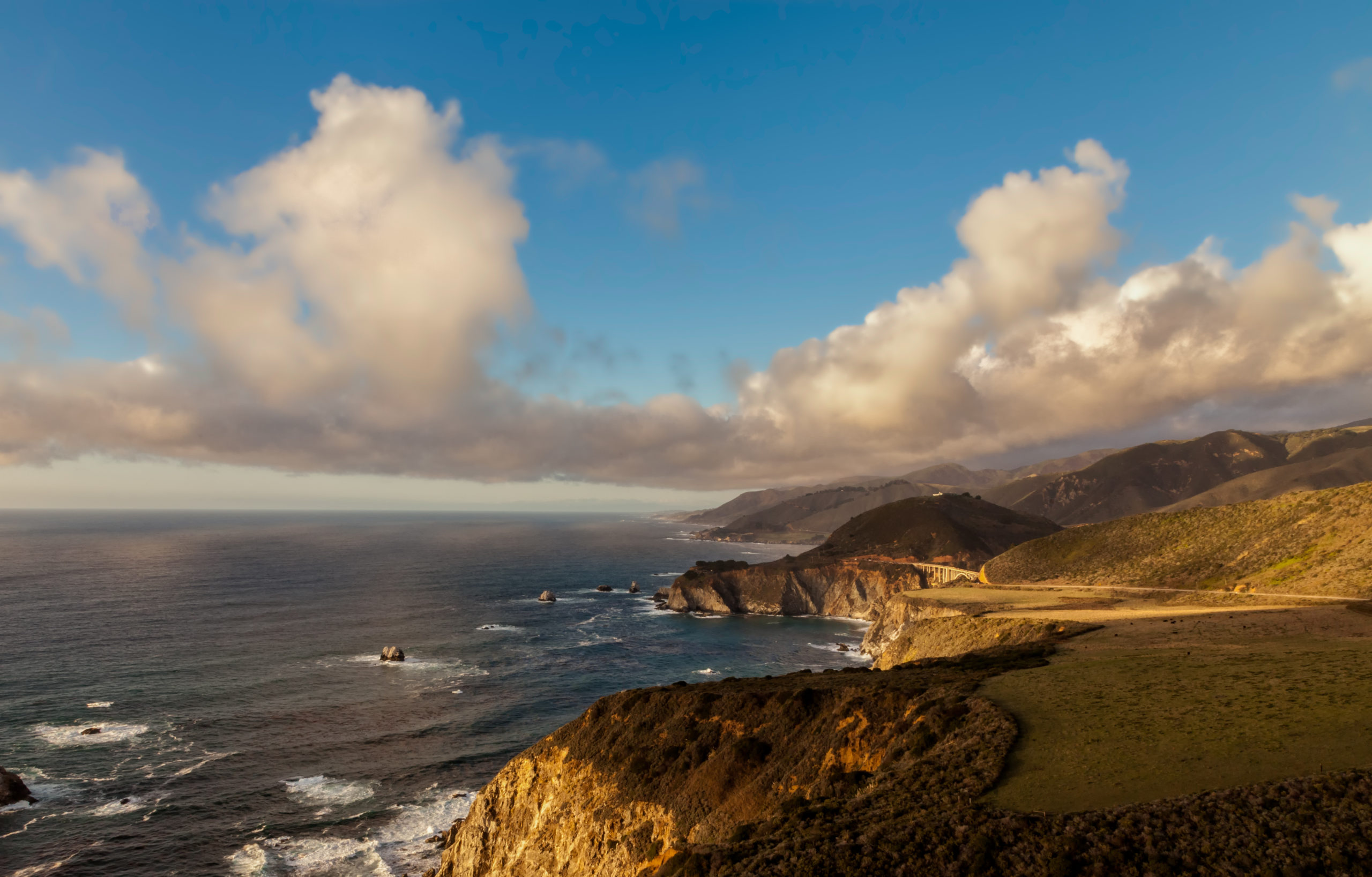
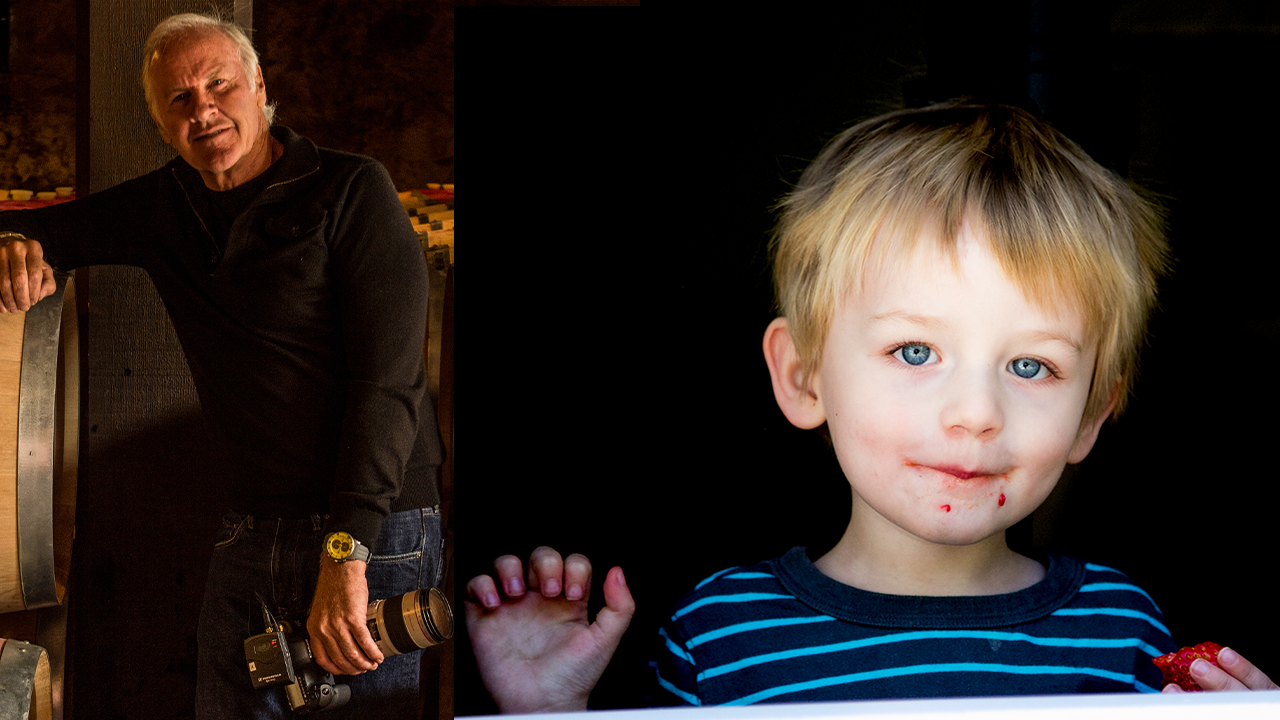
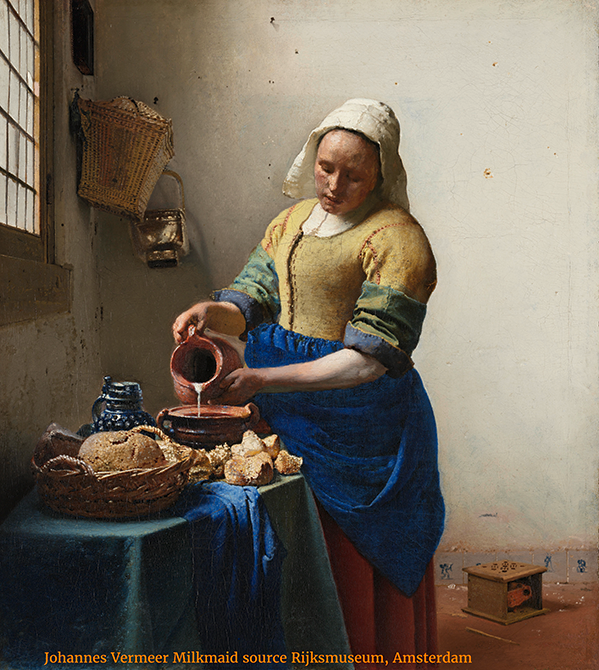
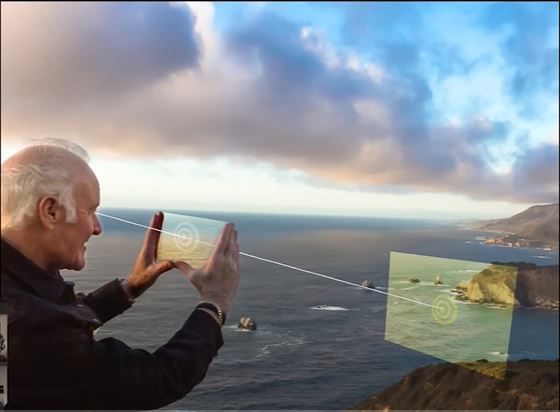

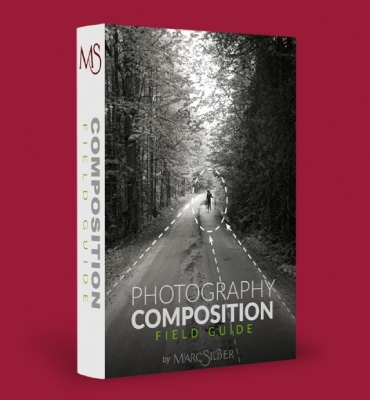
Leave A Comment
You must be logged in to post a comment.